From Our Backyard: This forager wants you to appreciate Singapore’s edible plants – including weeds
Artist and urban farmer Laletha Nithiyanandan's foraging adventure began with a simple question: What’s edible on the streets of Singapore? And as she found out, quite a lot.
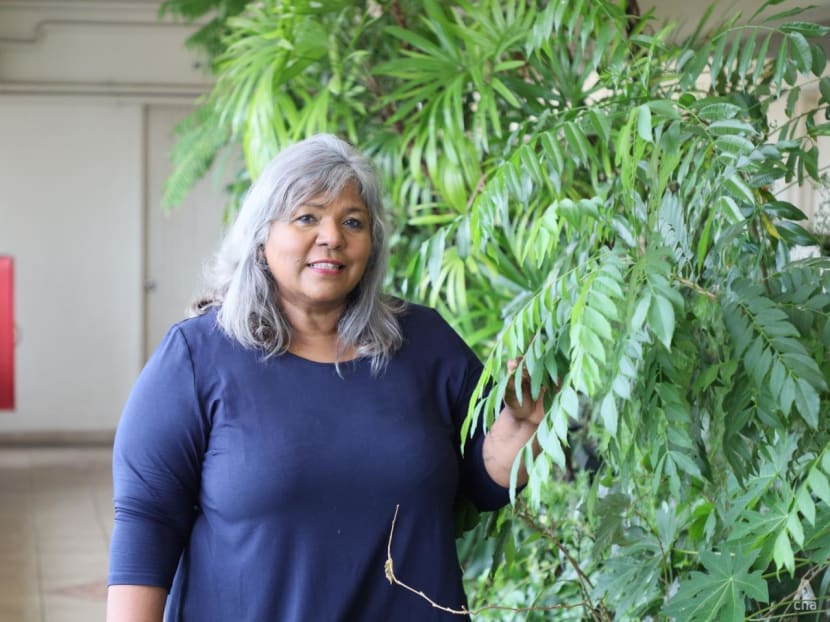
Artist and forager Laletha “Lita” Nithiyanandan's interest in foraging began after she helped put together an exhibition on Singapore's edible plants. (Photo: Vinvisual)
With several decades of management consultancy experience and entrepreneurship under her belt, Laletha "Lita" Nithiyanandan's off-duty pursuits are of a more decidedly earthy nature, allowing her to explore and express her creativity.
Lita, as she's known, enjoys writing, and as an artist, she dabbles in painting, mixed media, collage work and textures (“I don’t do this commercially, just for fun,” she explained). She also leads art jams for senior leaders, and sells her artworks to raise funds for charity and street children projects.
A few years ago, she also developed a passion for foraging for edible plants in the wild.
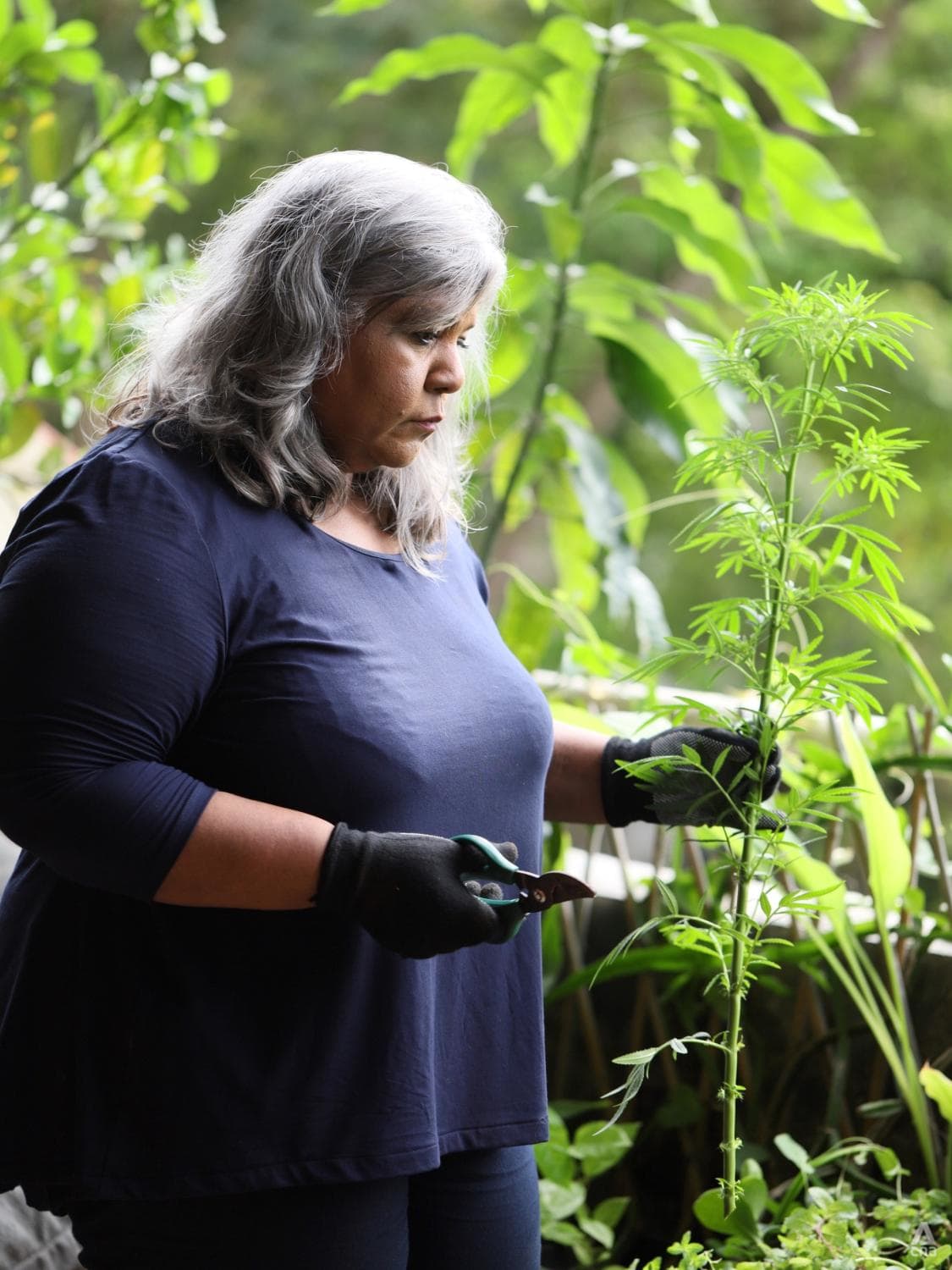
“I got interested in foraging because me and two other artists, Steve Chua and Kristine Oustrup Laurejis, decided to create a project showcasing edibles, and we asked the question: What’s edible on the streets of Singapore?"
The exhibition, titled Gastrogeography Of Singapore, explored the complex relationship between food, culture, location and memory of Singaporeans throughout the course of rapid urbanisation.
Working alongside local foragers and botanists, the artists found and preserved 100 native botanical specimens in ethanol, and displayed them in glass jars within a concrete wall installation.
Aside from being part of the Singapore Biennale 2016, it was also exhibited at the National Museum of Singapore. The artists also conducted tours with tastings and maps featuring native plants, fruits and herbs.
“After that experience, I couldn’t look at plants the same way again,” she recalled. “So, I started to grow some of them.”
Together with Chua, Lita also co-founded Gastrogeography of Singapore (GOS), a food experience initiative focused on introducing, and reminding people to appreciate the things that are “growing in our own backyard”.
As such, she’s always experimenting with new recipes using local plants, in order to conduct cooking classes where she teaches how to make torch ginger pesto, laksa pesto, botanical infused drinks and cempedak cake.
Some of the edible plants in her backyard include local fruit trees, such as rose apples, starfruit and papaya.

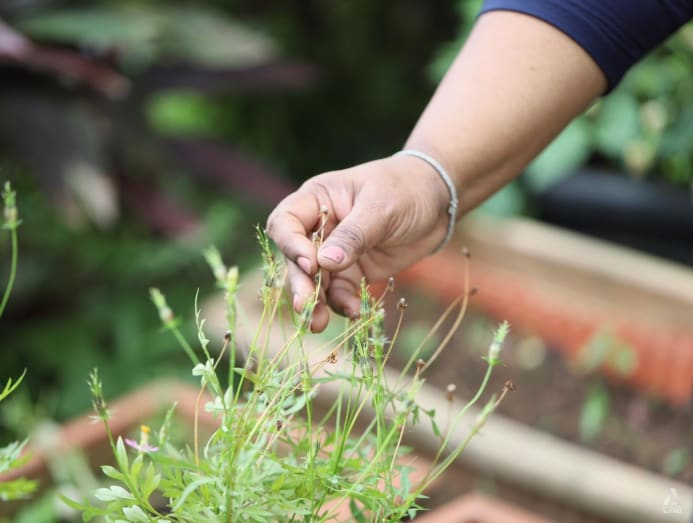
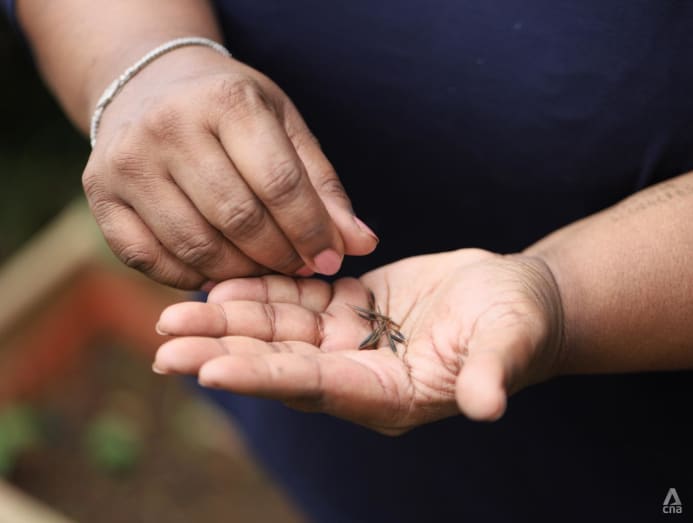
An exotic cactus plant with large orange flowers resembling rose blossoms, turns out to be more than merely ornamental. Called Pereskia bleo or Leuenbergeria bleo, the woody, prickly shrub is native to the shady, moist forests of Central America. “It’s supposed to be very good for cancer,” she shared.
A shrub with deep green foliage and large, elongated red blooms turns out to be a Costus elegans Petersen, or spiral ginger plant. “Costus is a roadside plant; you can see them everywhere on Orchard Road, anywhere. They have these orange bits that come out of the side, like flowers, and it’s edible. It tastes a bit like green apple,” said Lita.
If parts of her garden look as if they’re filled with weeds, it’s because they are. According to Lita, weeds are the easiest to maintain, as they are hardier than most plants and need little attention. And here’s an interesting fact: There are more than 120 types of edible weeds growing wild across Singapore.
Pointing to a leafy plant growing close to the ground, she explained: “This is the wild pepper plant, which I got from a friend from Pasir Ris Park Kitchen Garden. Wild pepper plants are grown on the roadside all over Singapore. It’s used to cover the ground because we have clay soil; it protects the layer of soil from impacting the plants. It also helps in the treatment of respiratory disorders like coughs and colds.”
Over the years, Lita has befriended like-minded foragers like Alexius Yeo, whom she meets regularly to go foraging with, and to learn more about edible weeds.
An urban farmer, Alexius is CEO of Carbon Inq, a social enterprise that promotes urban permaculture through nature-based education programmes and community development efforts. He’s also founder of Project 33, a gardening community that teaches people to grow their own food and encourages them to give away a third of their produce.
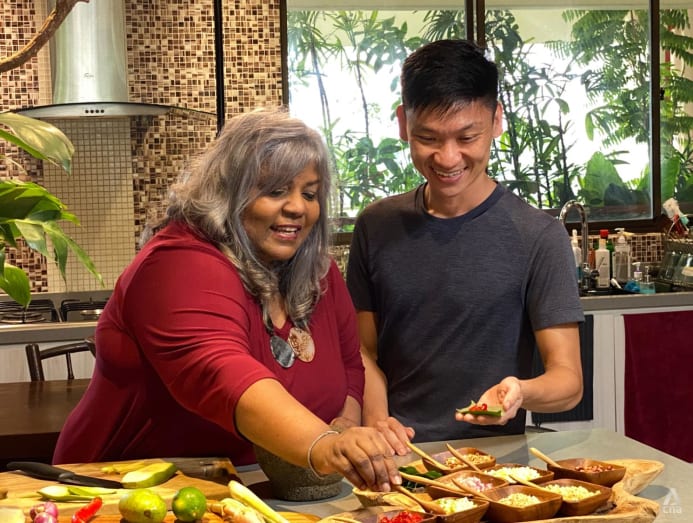
As Lita and Alexius scout around a drain, he points out certain interesting specimens.
“This is called Cupid’s shaving brush,” he said, referring to a tiny plant with tight liliac buds and fluffy flowers resembling miniature dandelions. “You can use the flowers as a garnishing for salads, and the leaves can be used as a medicinal tea. Talking about medicinal teas, there’s this plant that is called shatterstone,” he said, referring to a small fern-like herb that resembles mimosa creepers.
“It’s very good for breaking up kidney stones, so you can brew a tea with the leaves and then you drink it, and that becomes a purging kind of medicinal tea. “
He also identifies a pretty shrub as a gunpowder plant, which is usually used as an ornamental groundcover in outdoor gardens, or grown as an indoor plant. An infusion of the entire plant can be used as a diuretic, while crushed leaves are applied commonly to sores and bruises to heal them.
“If you are into salads, you can eat this, it’s a fantastic kind of lettuce substitute,” he added.
Lita Nithiyanandan and her friend Alexius Yeo talk about their passion for foraging, before she shows us how to make a bite-sized snack called miang kham.
He finds one of his favourite weeds, the peperomia. “It’s very pretty, and it comes from the same family as the pepper plant, so it’s very antioxidant, antiseptic and antibacterial. It’s wonderful for the whole immune system,” he enthused.
Could he share some tips with wannabe foragers? “The main thing is to be responsible. You shouldn’t, and you don’t, forage from parks and reserves. The other thing is to take care of your own safety. Make sure that you wash the plants well and always forage with someone who’s knowledgeable so you don’t pick the wrong ones,” he said.
While Alexius is undoubtedly an expert on edible weeds, Lita is the expert when it comes to preparing them for consumption.
“Sometimes I use them in teas and sometimes I use them as garnishes. Sometimes I make them into a whole dish. A salad or something or replace an ingredient like if I were to make a quiche maybe I might use something else in the quiche that was not something that you would normally use,” said Lita.
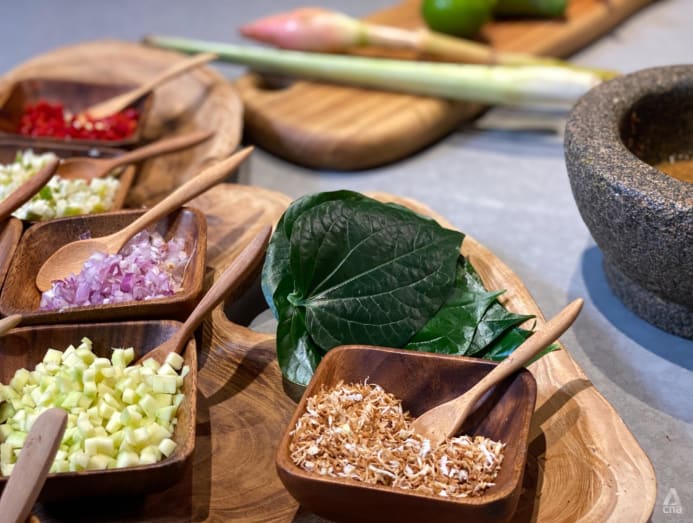
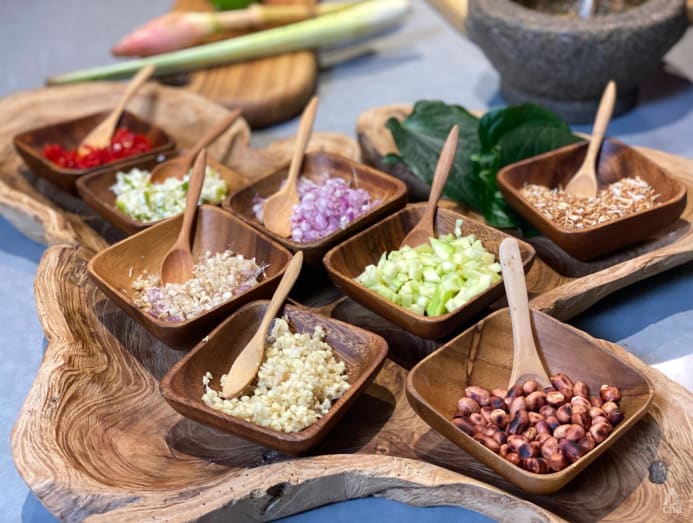
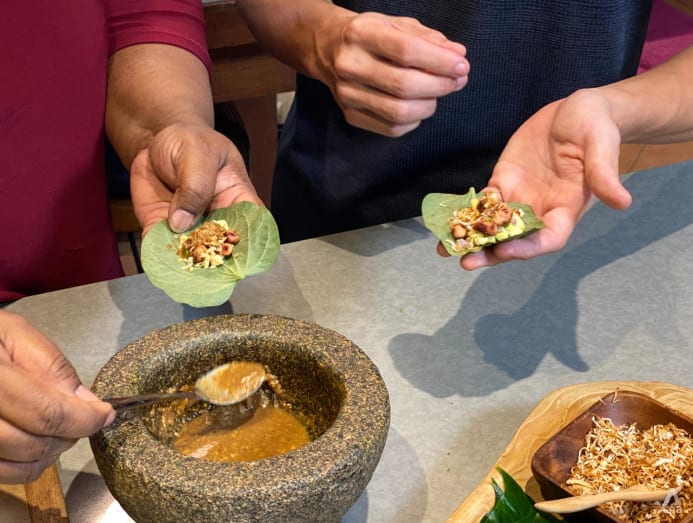
She shows how to prepare a traditional Thai/Vietnamese snack called miang kham, which translates to “one bite wrap”.
“Use wild pepper leaves as a base, and put a whole load of condiments in, such as chilli, lime, lemongrass, ginger, green mango, some shallots, peanuts, toasted coconut. Add in a sauce made from tamarind juice, gula melaka, salt. Then wrap it up into little parcels to eat,” she said, demonstrating how to do it.
“Foraging is important to me because I feel it grounds me. It connects me to my surroundings. When I just walk around and I recognise something, it has a story!” she shared.







